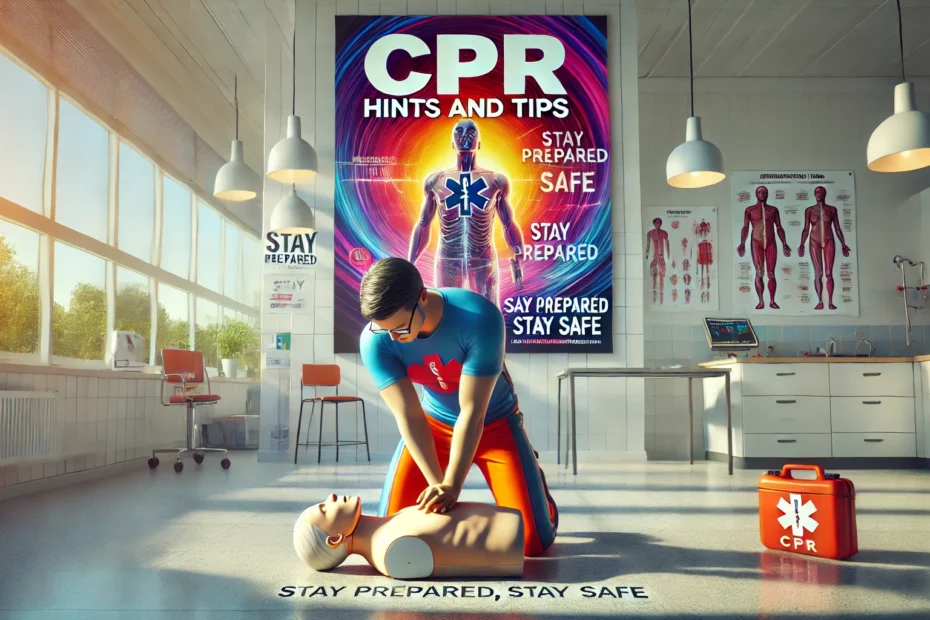As a healthcare professional or an individual interested in life-saving techniques, understanding the differences between Basic Life Support (BLS) training and standard Cardiopulmonary Resuscitation (CPR) training is essential. Both of them are designed to help people respond better during emergency situations involving respiratory or cardiac distress. However, they’re not quite the same, and their differences are worth noting.
First, let us understand what they are. Standard CPR is a critical skill set that anyone can learn to provide assistance during emergencies before medical help arrives. It revolves around chest compressions and artificial respiration techniques to save people from sudden cardiac arrests or other similar emergencies.
On the other hand, BLS is a more advanced training program primarily intended for healthcare professionals who might find themselves in high-pressure situations that require precise action and knowledge. BLS includes various skills beyond those covered in CPR like clearing airways, using a bag-valve mask, Automated External Defibrillator (AED) proficiency, and two-person CPR tactics.
1. Depth of Training:
While standard CPR training covers only the basics of life-saving techniques like chest compressions and artificial breathing, BLS is much broader. BLS training covers comprehensive emergency protocols needed by nurses, paramedics, doctors, etc., to provide immediate care during critical conditions.
2. Target Audience:
CPR courses are designed for everybody – from school teachers to safety personnel at worksites – essentially anyone interested in learning life-saving skills. In contrast, BLS training is specifically structured for healthcare professionals who need advanced skills in their profession.
3. Use of Medical Equipment:
Standard CPR mainly focuses on hands-on procedures that do not typically involve specialized medical equipment besides maybe an AED device. However, BLS courses educate healthcare professionals on how to use advanced medical equipment such as bag-valve masks and more sophisticated AEDs.
4. Certification:
Both BLS and standard CPR certifications are equally important but serve different purposes. A CPR certification can be beneficial for everyone, while a BLS certification is critical for healthcare professionals, given the complexity and depth of medical scenarios they encounter.
In conclusion, both Basic Life Support training and standard Cardiopulmonary Resuscitation training play a vital role in saving lives during emergencies. While they may overlap to some degree, their focus, application, and target audience differ significantly. By understanding these disparities, one can identify which training course is most suitable based on their profession and individual requirements.
If you’re ready to take the next step and become CPR certified, visit Delphi CPR Training Center for more information. Their courses will equip you with the knowledge and confidence to act in an emergency, ensuring you’re prepared to be the help someone desperately needs.
